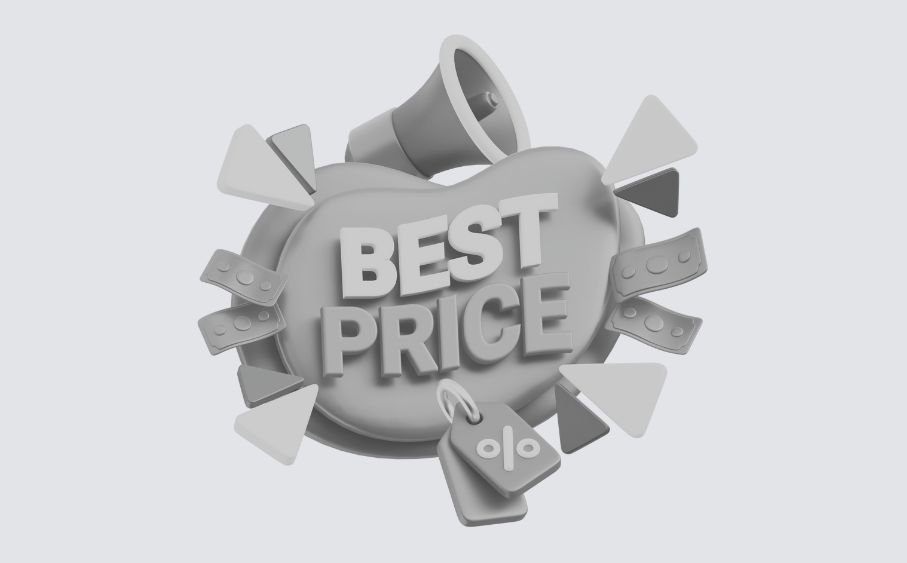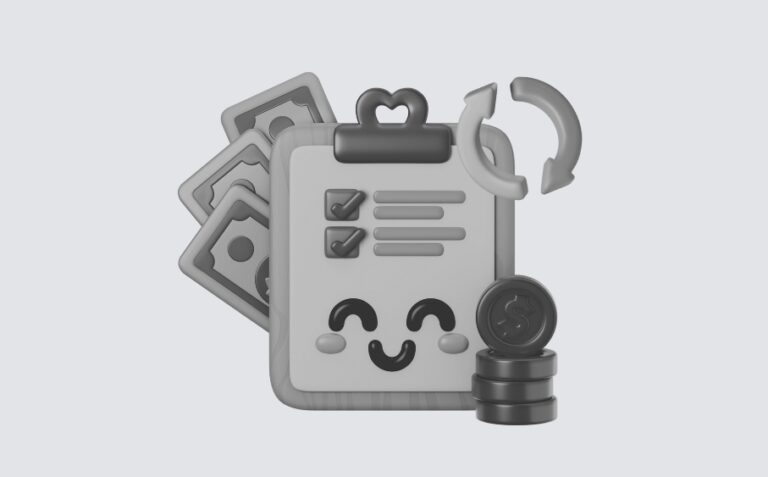Competitive pricing is a strategy where businesses adjusts and match their rivals’ pricing to remain profitable and preferable within the market. The approach helps companies remain attractive to buyers, particularly in industries with intense competition. Setting prices at market levels provides customers with amounts that match product worth. Companies monitor their competitors and adapt prices continuously to bring in cost-conscious buyers while still making sufficient profits.
Setting market-based prices does not follow a standard formula. The process depends on factors like production expenses or demand analysis, as well as checking what other sellers charge.
How Competitive Pricing Works and Why is it Important?
Competitive pricing functions well because it targets the core of consumer behavior: comparison. When customers see multiple products at different price points, they make decisions based on price, especially when products serve similar functions. In highly competitive markets, offering the lowest or most competitively priced product leads to increased sales volumes.
But how does it work? In highly competitive segments of ecommerce, where prices change rapidly, with multiple adjustments occurring in just one day. Applying dynamic pricing to your products makes perfect sense, especially when you clearly understand online price points. Research shows seventy percent of shoppers consider competitive pricing the most important factor when deciding where to purchase. Companies optimize ecommerce marketing costs to increase sales or margins for products with underperforming prices. The approach helps online sellers improve performance as well as revenue.
In ecommerce, it is important to stay relevant in a market filled with numerous options for consumers. Platforms like Amazon and eBay excel in price comparison. Therefore, the marketplace requires merchants to monitor or adjust prices consistently to retain customers who seek cheaper options. Implementation of such tactics attracts price-sensitive shoppers besides helping businesses establish market presence among competitors.
Applications in Business
Retail
Companies monitor competitor prices locally and nationally when selling groceries, clothes, or home items. They analyze market trends and regional buying habits to make precise pricing decisions, using competitors’ prices as reference points to attract shoppers. Large chains like Walmart and Target use competitive pricing. These companies try to maintain the lowest costs in order to attract shoppers from other stores.
Ecommerce
Online sellers face markets where price differences show up clearly letting buyers compare costs with ease. Online platforms track competitor prices instantly and adjust their own through considering stock levels, demand spikes or special deals. Merchants on Shopify as well as Amazon frequently update prices via systems that examine competitor data. This strategy help sellers stay attractive for bargain hunters.
Technology
In the tech industry, companies study competition to determine product prices strategically. The common approach starts with higher rates for early buyers, followed by adjustments based on competitors or product updates. Smartphone brands like Samsung and Huawei use competitive pricing to compete with Apple. A balance between cost or value helps them appeal to a broad customer groups.
Factors Influencing Competitive Pricing
- Market Demand: Market demand affects price levels. Companies set higher rates when customers want more products. However, in price-sensitive industries like consumer markets where buyers focus on cost, vendors adjust prices to stay in business.
- Competitor Analysis: Constantly monitoring competitors’ prices helps businesses retain customers, and avoid losing market share. Large players like Amazon, competitors regularly lower their prices to maintain their presence in the market.
- Cost Structure: A firm’s cost level determines its price flexibility. Organizations with reduced expenses possess more room to decrease prices than those with high operating costs.
Disadvantages of Competitive Pricing
While competitive pricing has advantages, two main issues arise:
- Price Wars: When sellers aggressively reduce costs, it starts a race to the bottom. As a result, profits decrease for everyone.
- Lack of Differentiation: Companies that focus only on cost competition lose brand identity. Customers who see products mainly through price consider them interchangeable.
Practical Example
Walmart demonstrates excellent competitive pricing. The store reviews market data or checks competitors to maintain low costs. It changes the prices of common items, often matching local stores and online sellers. This method positions Walmart as a cost leader and attracts budget-conscious buyers. Through dynamic adjustments based on market prices, the store remains a top destination for affordable shopping. Such practices help Walmart excel in the retail sector.
Wrap Up
Competitive pricing works as a powerful tool in competitive markets. Price-conscious buyers feel drawn to offers that match market rates and their expectations. However, companies need to mix price competition with value differentiation to keep earnings up or avoid price wars. Using competitive pricing intelligence next to monitoring competitors lets businesses successfully navigate in their markets and retain their buyers.





